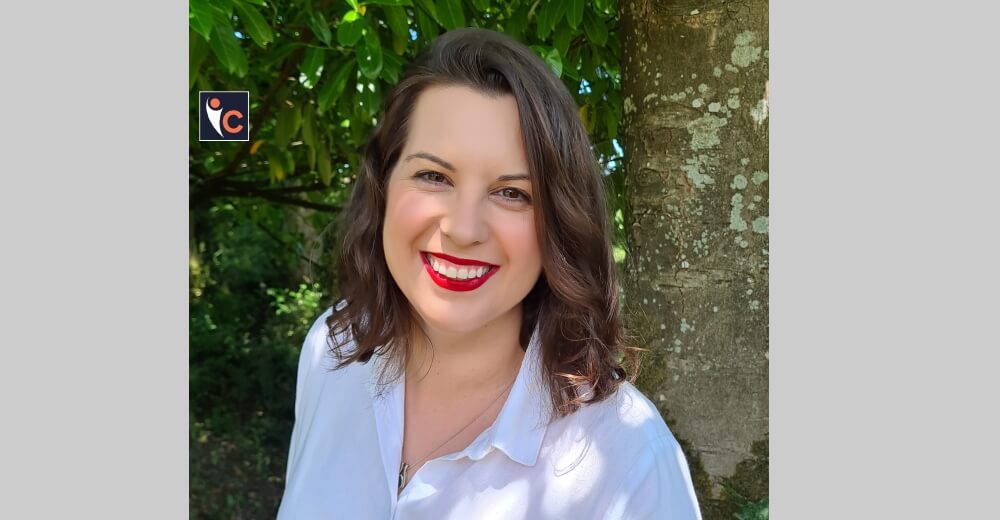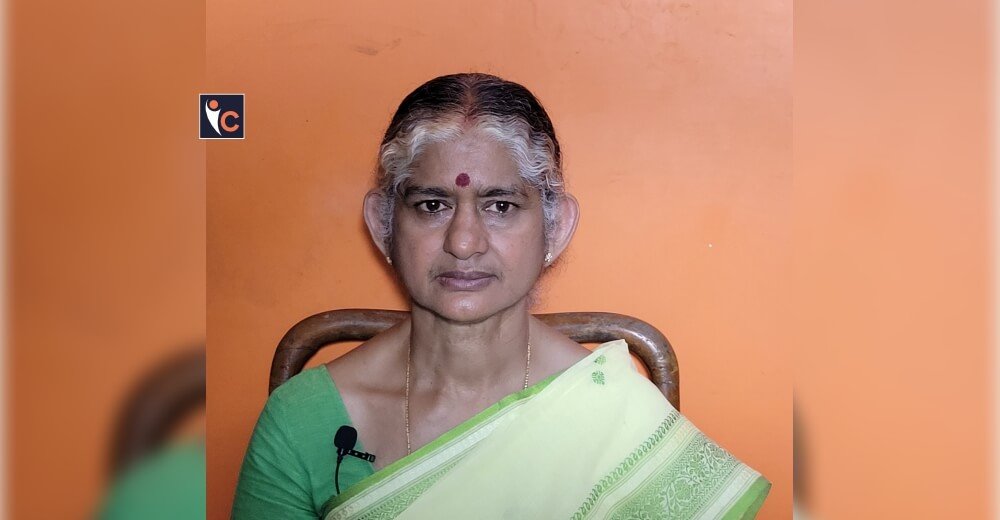A passion for innovation drives Professor Laurie Rowe as she navigates the changing world of healthcare. As the Founder and Director of Red Medtech, Laurie combines her engineering expertise with a commitment to improving patient outcomes through the development of advanced medical devices. Her journey highlights the importance of curiosity and teamwork, inspiring others to embrace creativity in healthcare.
Let’s explore Laurie’s trailblazing initiatives and her vision for a more inclusive and connected healthcare future in 2024, where technology and compassion work hand in hand to enhance lives!
Can you briefly introduce yourself and describe your current role in your organization?
I lead project teams in developing innovative medical devices and support clients to navigate the complex compliance landscape. As a design engineer and inventor at heart, I’m passionate about using technology to improve healthcare outcomes, with the goal of helping as many people as possible.
What inspired you to pursue a career in healthcare leadership, and what has been your journey to your current position?
My journey began during high school work experience at NHS Community Health Sheffield, where I observed healthcare providers in action and first learned about biomechanics. Meeting patients and seeing the positive impact firsthand sparked my interest in healthcare. An “Insights” course by the SmallPeice Trust at Brunel University cemented my love for product design and engineering.
Over the last 20+ years, I’ve applied my hands-on industry specific experience in engineering design and manufacturing and had the privilege of working on a diverse array of innovative medical devices and healthcare systems. Transitioning into consulting over 7 years ago and subsequently forming Red Medtech was a natural evolution in my career.
Can you share some of the trailblazing initiatives you have implemented in your organization to improve healthcare delivery?
Every project is unique and at Red Medtech we are fortunate to help a wide range of medical device organizations with their development and compliance challenges. To support this, our clients have access to the Red Framework – a proven process to help achieve their product goals. Building on our extensive experience, it is specifically designed to support the medical device development process from concept to market and beyond, embedding a best-in-class approach to product development. Our approach is user-centric, involving close collaboration with manufacturers and healthcare professionals, often leading to innovative ideas emerging from team-based discussions.
What are some of the biggest challenges you have faced in your role, and how have you addressed them?
One of the frequent challenges in this role is navigating the ever-evolving regulatory landscape in the medtech sector, but I very much welcome the recent moves towards international harmonization and look forwards to stabilization. Ultimately, we are all engineering for humans and so initiatives to synchronize complex international requirements is really good – I feel it will better support developers and allow improved focus on bringing safe and innovative devices to market. Of course, balancing the roles of project advisor, developer, and entrepreneur can also be demanding – especially working across continents and time-zones, but it’s important to maintain a healthy work-life balance.
How has digital technology transformed healthcare in your organization, and what future advancements do you foresee?
As an engineer and frequent early adopter of new technology, I was keen to ensure my company embraces digital solutions. One way we’ve achieved this is by implementing a paper-less policy; streamlining our operations, dramatically reducing our environmental impact and improving sustainability at the same time. With most of my consulting projects containing an international element, remote working is also very much the norm and post-pandemic it’s great to see so many organizations continuing to reap the benefits.
Looking ahead, I’m excited about the potential of AI and Machine Learning in personalized healthcare solutions and the development of adaptive medical devices tailored to individual patient needs.
What steps have you taken to promote equity and inclusion within your organization and the broader healthcare community?
Developing medical products is very much a team sport and a diverse team delivers results and enables success. Just like our work on user-centric devices, we focus on understanding our team’s needs and supporting them to be their best. At Red Medtech this involves creating a workplace culture where everyone feels valued and empowered to contribute. In the broader healthcare community, we advocate for inclusive design in medical devices, ensuring they cater to a diverse range of users. Our goal is to make quality healthcare accessible to everyone, regardless of their background.
What advice would you give to aspiring healthcare leaders who want to make a significant impact on the industry?
I would advise embracing hands-on experience and never stop learning; seeking the new, cultivating resilience, and prioritizing patient-centric care. Remember that setbacks are learning opportunities – making a “ding in the medtech universe” requires a fair degree of patience in addition to tenacious pursuit of excellence. Stay connected with the end-users of your innovations and always keep their needs at the forefront of your work. Be willing to challenge the status quo and, without doubt, maintain a deep sense of inspiration for those we serve: our patients and healthcare providers.
What is your vision for the future of healthcare, and how do you plan to contribute to achieving it?
I envision significant advancements in biomaterials, additive manufacturing and sensor platforms; in combination with digital technologies, there is real promise for personalized devices and a more connected user-centric ecosystem – healthcare solutions that seamlessly integrate into daily life. I am committed to contributing to this vision by supporting forward-thinking initiatives, forging strategic partnerships, and advocating for policies that prioritize patient outcomes. Also, I really hope to see unified Global compliance pathways in my lifetime, which is why I sit on international standards committees for medical devices. For me, it’s important to remain open to collaboration and new ideas, recognizing that groundbreaking innovations can come from unexpected places.
Read More: Click Here










